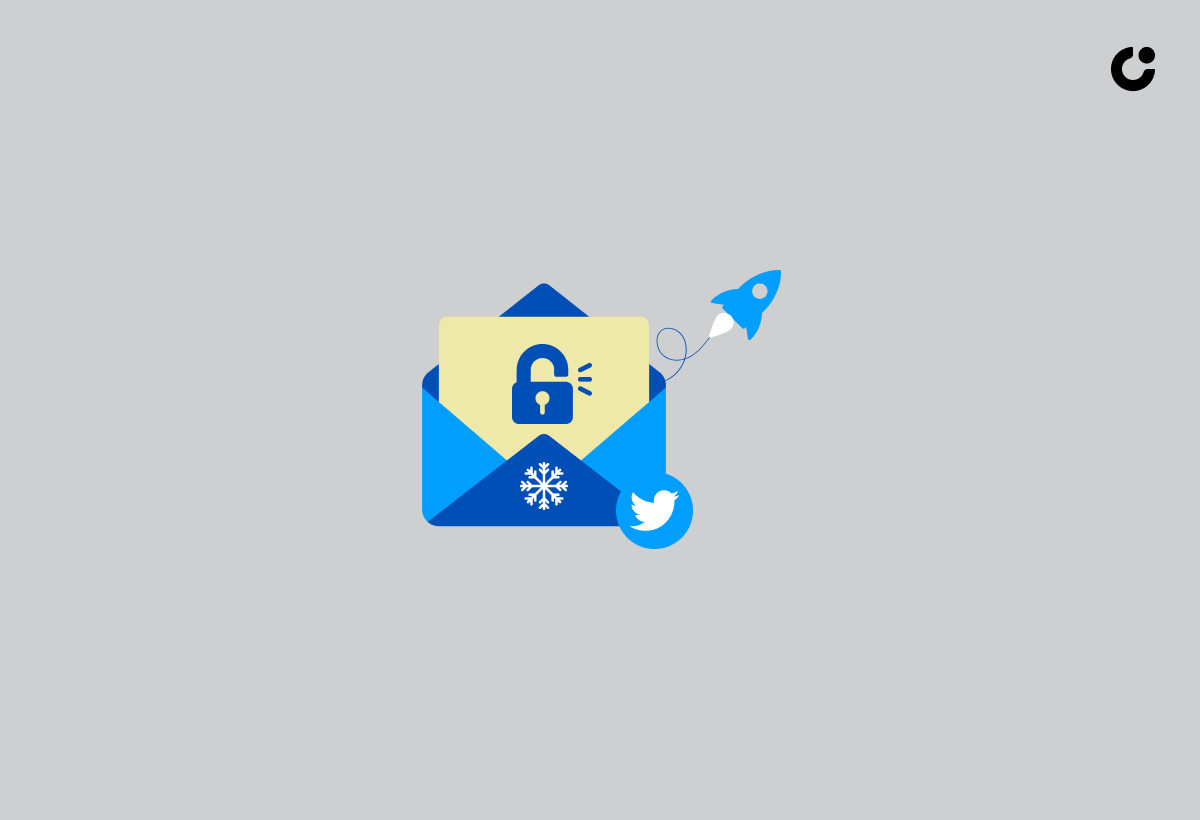Are you looking for a fresh, innovative approach to cold email outreach? Look no further! Harness the power of Twitter to unlock hidden opportunities and boost your reach and leads today. In this blog post, you’ll learn how to leverage Twitter for cold email research, craft effective “cold email Twitter” strategies for users, and track and analyze your cold email performance.
Key Takeaways
- Leverage Twitter for cold email research to identify prospects, find their emails and personalize outreach.
- Craft effective cold emails with brevity, a clear call to action and by utilizing Twitter lingo.
- Track performance metrics & A/B test strategies for optimal campaign success.
Leveraging Twitter for Cold Email Research
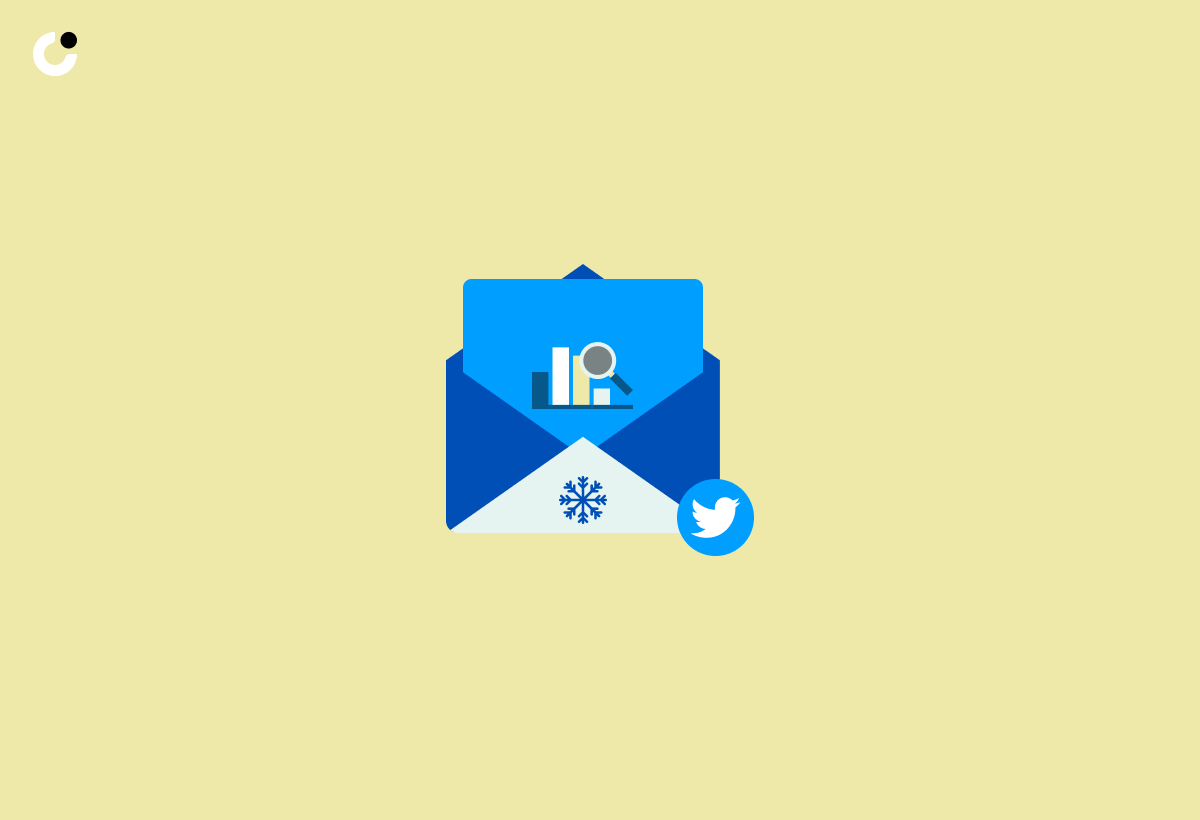
Imagine the impact just one cold email can have on your business growth. It could lead to acquiring your first 100 customers, reaching 10,000 users, or even becoming the standard for an entire industry with 100,000 customers. But to achieve such life-changing results, you must first identify the right prospects and craft compelling cold emails that resonate with them.
Twitter, with its millions of users and real-time conversations, provides a wealth of insights that can aid in optimizing your cold email outreach. From identifying potential prospects and finding their email addresses to personalizing your emails based on their interests and tweets, Twitter can become your secret weapon for boosting your reach and leads today.
Identifying Prospects on Twitter

To find potential prospects on Twitter, start by using the platform’s advanced search feature to search for relevant keywords related to your industry or niche. You can also identify pertinent hashtags by exploring the trending hashtags in your Twitter dashboard’s #Explore tab or using hashtag research tools like Hashtagify.
After compiling a list of relevant keywords, hashtags, and industry influencers, scrutinize the data to locate potential prospects that match your target audience. This list will serve as the foundation for crafting effective cold emails that resonate with your recipients and ultimately help you grow your business.
Finding Email Addresses via Twitter
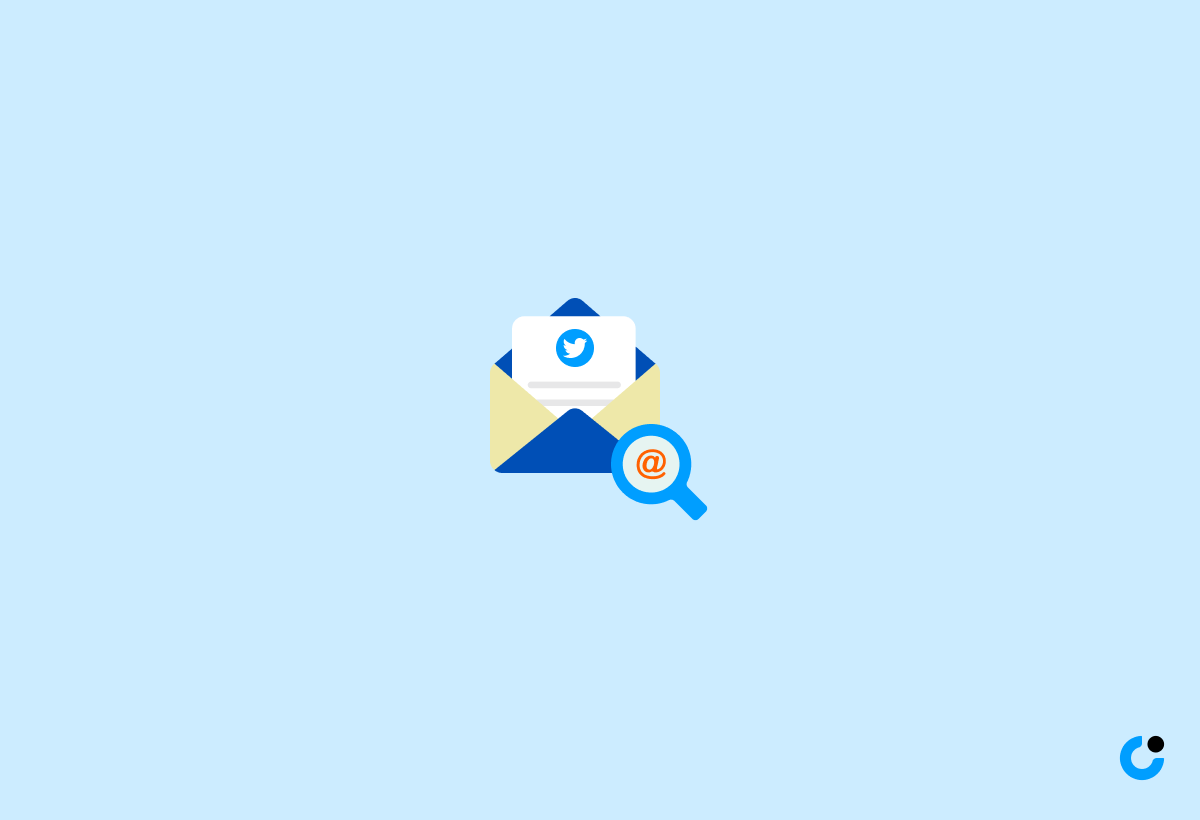
After pinpointing potential prospects on Twitter, your next task is to uncover their email addresses. Here are some methods you can try:
- Check the user’s Twitter bio or profile for any email address they may have provided.
- Search for tweets that may contain contact emails.
- Request email communication directly from the user.
If you still can’t find an email address, consider using third-party tools like Hunter or VoilaNorbert to retrieve email addresses associated with Twitter accounts. These tools can help you find email addresses for key decision-makers, such as a CEO, and enable you to send a concise and impactful cold email that cuts through the noise.
Personalizing Cold Emails with Twitter Insights
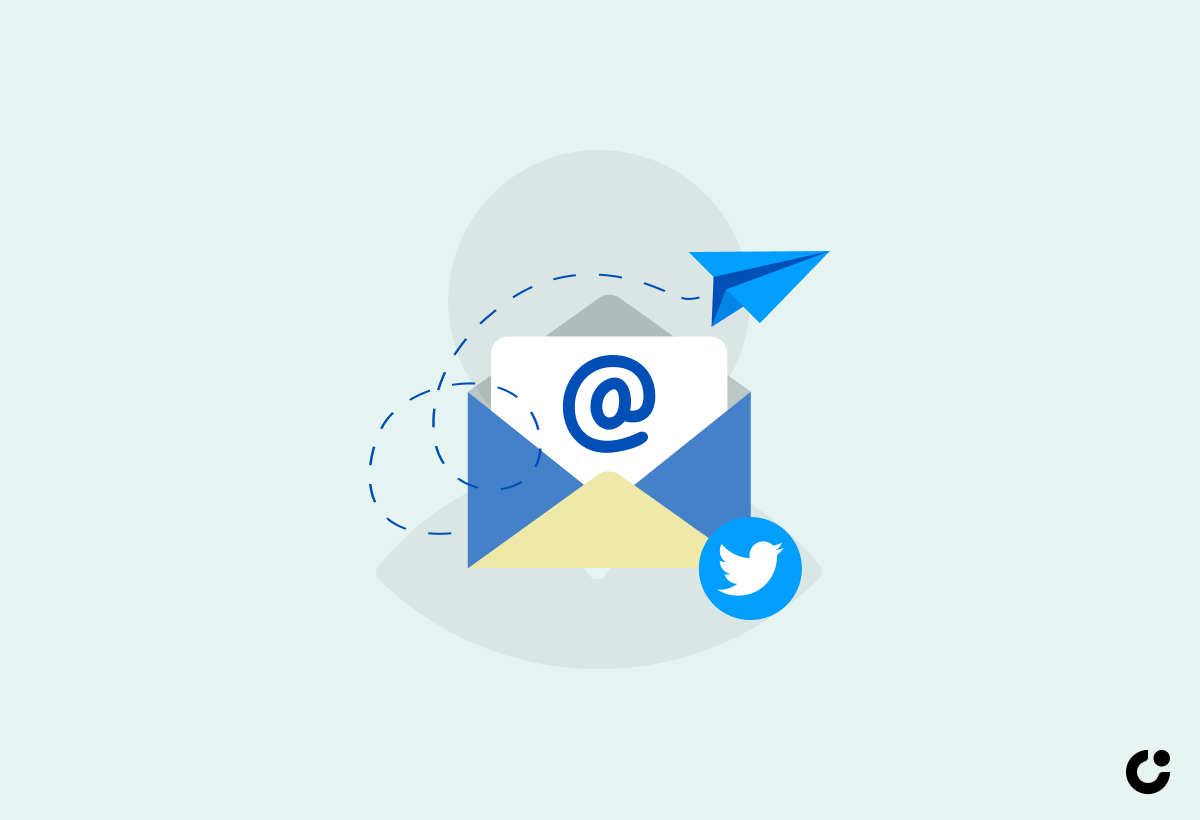
Research shows that personalized emails can lead to a 14% increase in click-through rates and a 10% increase in conversion rates. By incorporating insights from your prospect’s Twitter profile, such as their interests, recent tweets, and shared content, you can create personalized cold emails that resonate with your recipients and boost engagement.
To effectively personalize your cold emails, follow these steps:
- Address the recipient directly and include relevant details to demonstrate that you’ve done your homework.
- Craft a clear request that is easy for them to fulfill within a reasonable time frame, such as a month.
- Personalize your cold emails with Twitter insights to enhance your chances of getting a response and boost your overall campaign performance.
Crafting Effective Cold Emails for Twitter Users
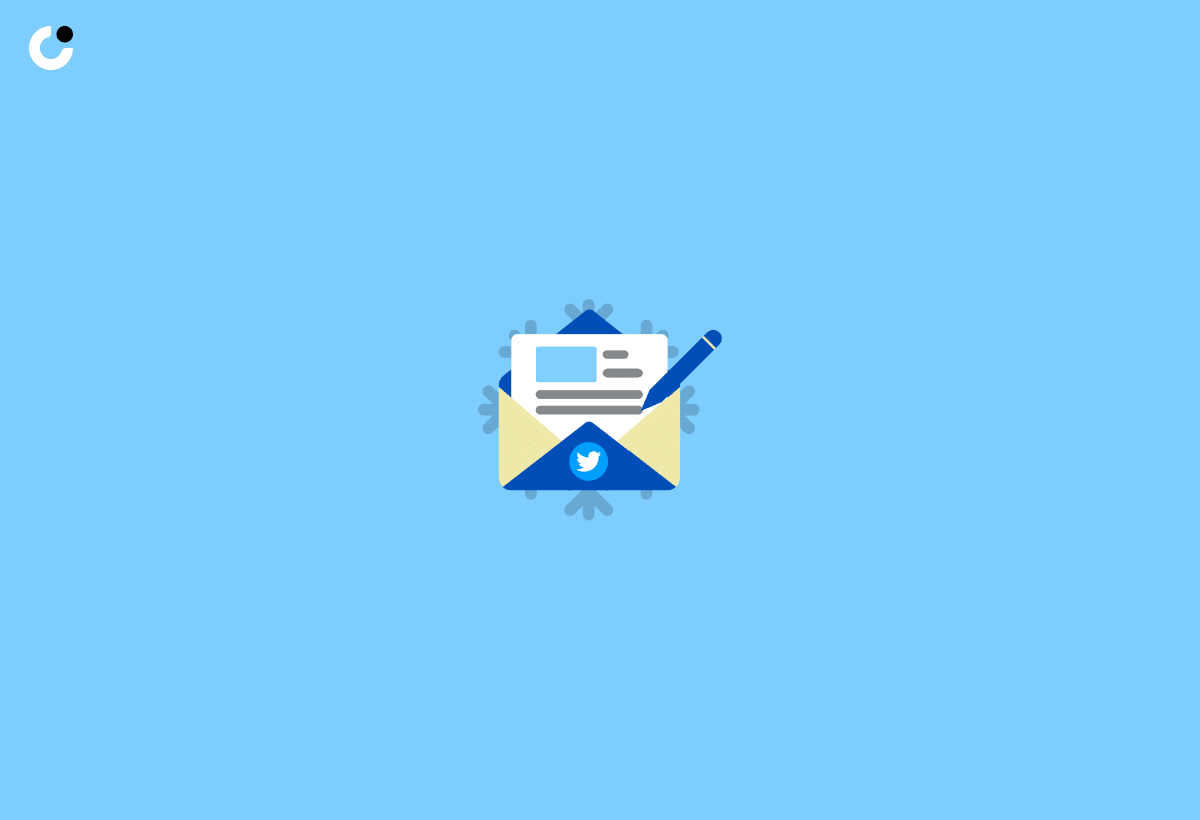
Having understood how to utilize Twitter for cold email research, it’s now time to concentrate on composing effective cold emails for Twitter users. For a cold email to be successful, it must be concise, demonstrate your credentials, and include a clear call to action.
Cold emails that directly address the recipient’s needs, highlight your unique value proposition, and make a confident request are more likely to yield positive results. We will now further examine the key elements of crafting effective cold emails for Twitter users, such as conciseness, usage of Twitter lingo, and the timing of your outreach.
The Power of Brevity
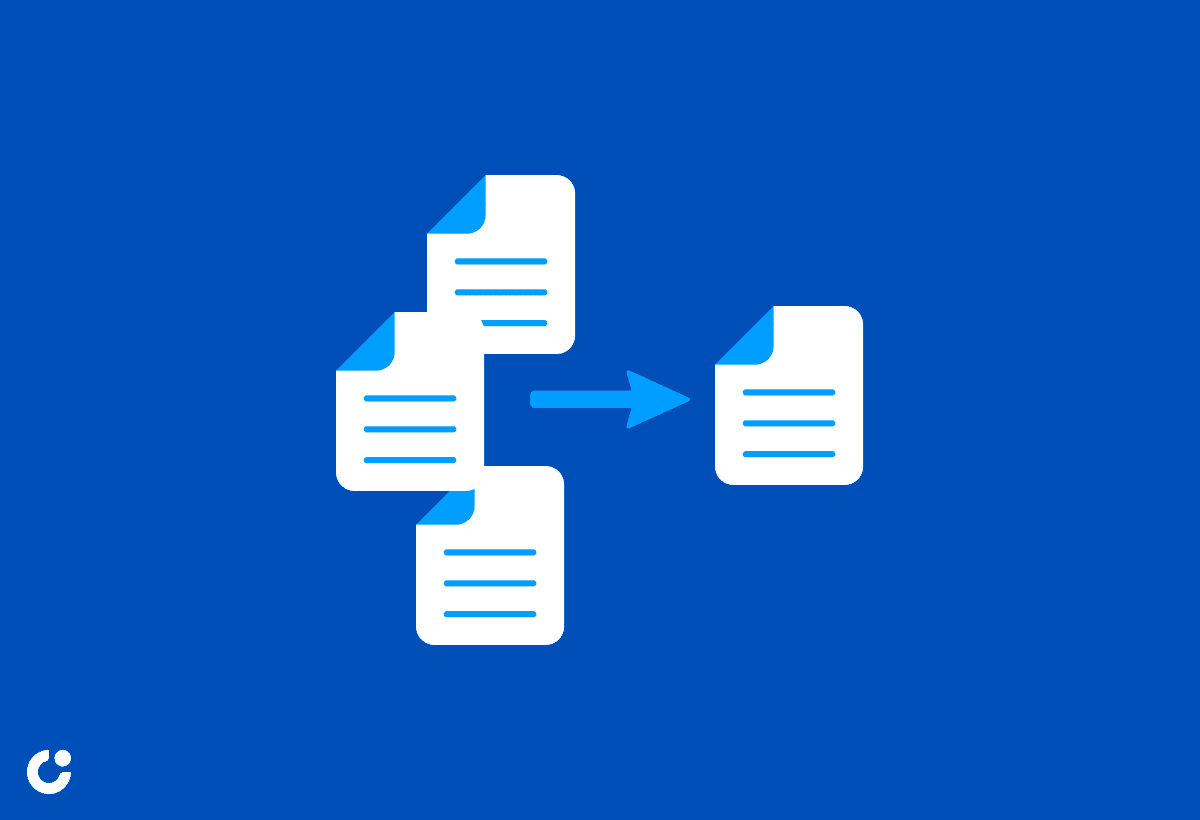
Maintaining brevity in your cold emails is key to enhancing the chance of getting a response. A study suggests that cold emails should be between 50 to 125 words in length. By maintaining brevity in your cold emails, you demonstrate respect for the recipient’s time and increase the chances of your email being read and acted upon.
When crafting your cold email, focus on delivering a clear and succinct message that quickly conveys the main point and call to action. This will allow the recipient to easily understand your email and make a decision on whether to engage further, ultimately improving the overall effectiveness of your cold email campaign.
Utilizing Twitter Lingo

Including Twitter-specific language and references in your cold emails can assist in establishing a rapport with the recipient and prove your knowledge of the platform. By using common Twitter terms, such as:
- @mention
- #
- retweet
- hashtag
- DM (direct message)
- trending
You can make your cold email more personable, relatable, and up-to-date with current trends and technology by embracing change and ensuring you provide a fresh approach.
When crafting your cold email, consider adding a touch of Twitter lingo to break the ice and make the recipient feel more comfortable engaging with your message. This can help establish rapport and enhance the overall effectiveness of your cold email outreach.
Timing Your Outreach

Timing plays a significant role in cold email outreach as it can notably influence whether your email gets opened and read. To optimize your cold email outreach, consider factors like the recipient’s time zone, recent Twitter activity, and industry trends.
Research indicates that the ideal time to send a cold email is generally between 9 a.m. and 11 a.m. in the recipient’s local time zone, with Monday mornings and Thursdays being the preferred days. By timing your cold email outreach strategically, you can maximize your chances of capturing the recipient’s attention and generating more leads.
Cold Email Templates Inspired by Twitter
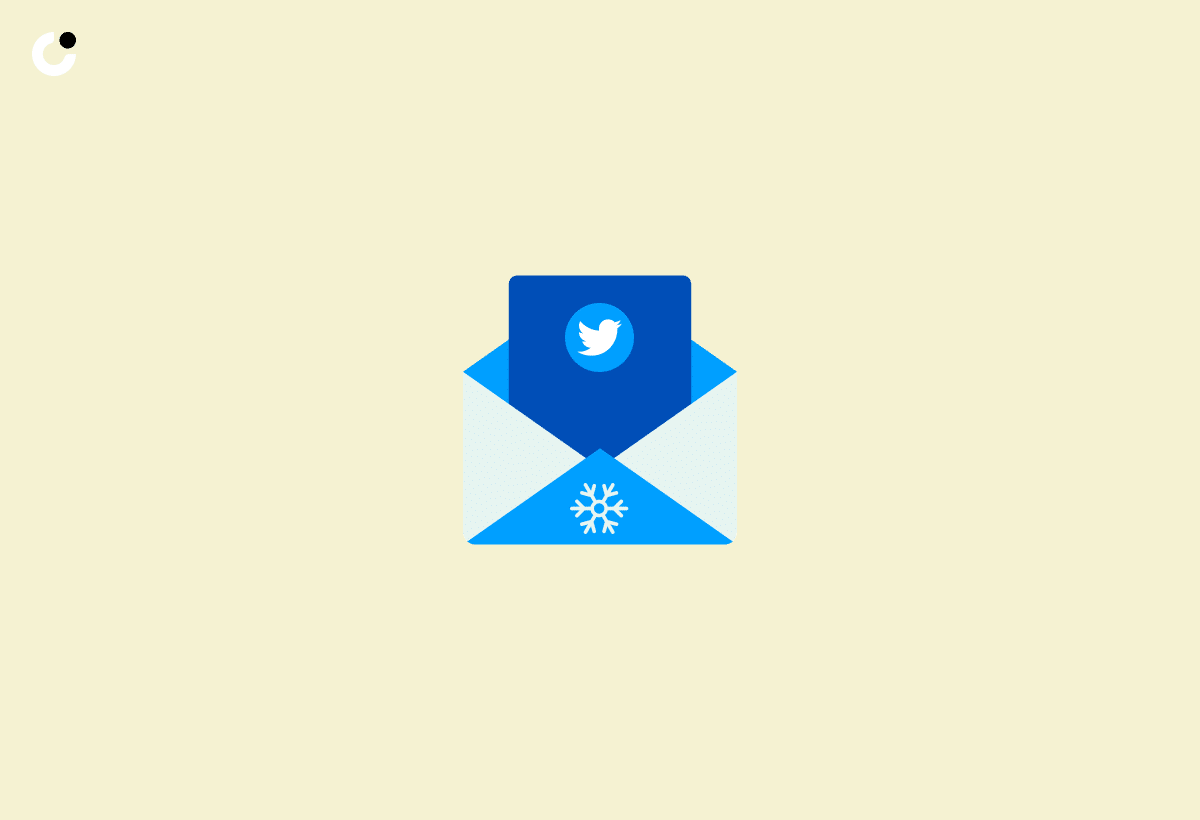
To further enhance your cold email outreach, you can use Twitter-inspired cold email templates to capture the recipient’s attention and encourage them to take action, just like a tweet would on Twitter. These templates incorporate elements of a tweet, such as brevity and a concise message, into an email format.
We will now examine three cold email templates inspired by Twitter: the Tweet-Quote Template, the Twitter Connection Template, and the Twitter News Hook Template. By leveraging these templates, you can craft compelling cold emails that resonate with your target audience and generate more leads.
The Tweet-Quote Template

The Tweet-Quote Template uses a prospect’s tweet as a conversation starter, demonstrating that you’ve taken the time to research their interests and opinions. By embedding a relevant tweet from the prospect within your email, you can create a personalized and engaging cold email that captures their attention and encourages them to take action.
To utilize the Tweet-Quote Template, follow these steps:
- Find a tweet from the prospect that aligns with your message or offer.
- Include the tweet in your email.
- Write an introduction that highlights the relevance of the tweet.
- Include a clear call to action.
This approach not only demonstrates your attention to detail in the job but also creates a unique and personalized experience for the recipient, showcasing the valuable lessons learned.
The Twitter Connection Template

The Twitter Connection Template highlights a mutual connection or shared interest discovered through Twitter, fostering a sense of familiarity and trust with the recipient. By referencing a mutual connection or common interest, you can create rapport and enhance the overall effectiveness of your cold email outreach.
To utilize the Twitter Connection Template, follow these steps:
- Start by identifying the mutual connection or shared interest between you and the prospect.
- Craft your email by mentioning the connection or interest, explaining why it’s meaningful to the recipient, and including a clear call to action.
- By establishing a connection with the recipient, you increase the likelihood of a positive response and improved campaign performance.
The Twitter News Hook Template
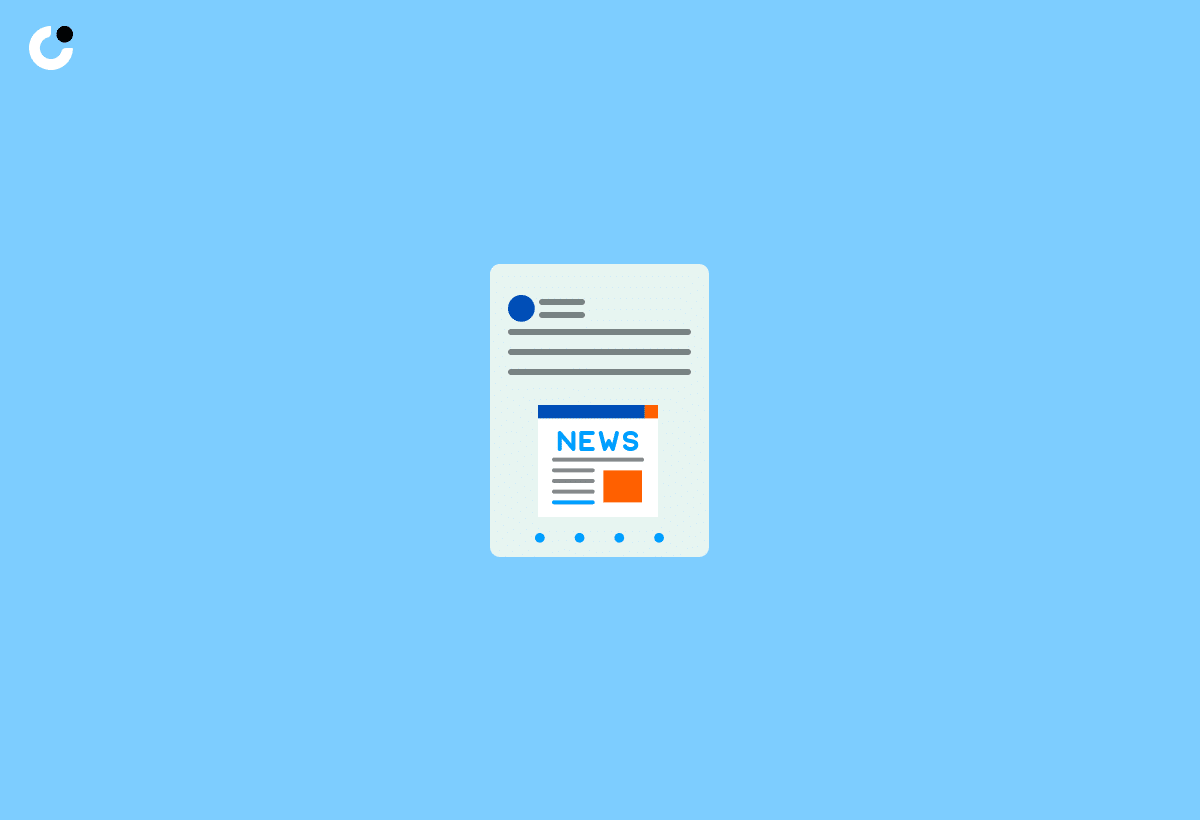
The Twitter News Hook Template leverages a recent industry news item or trend discussed on Twitter to create a relevant and timely cold email. By incorporating the latest news or trends related to the recipient’s industry, you can demonstrate your knowledge of current events and capture their attention.
To utilize the Twitter News Hook Template, start by identifying a recent news item or trend that is relevant to your prospect. Then, craft your email by summarizing the news item, explaining its significance to the recipient, and including a clear call to action. This approach not only showcases your industry knowledge but also creates a timely and engaging cold email that captures the recipient’s attention.
Tracking and Analyzing Cold Email Performance

For the optimal success of your cold email campaigns, you need to keep track of and analyze their performance. By monitoring key metrics like open rates, click-through rates, and response rates, you can gauge the effectiveness of your outreach and make data-driven decisions to optimize your approach.
We will now examine various strategies for monitoring and analyzing cold email performance, which includes observing key metrics, carrying out A/B testing, and modifying your approach based on the outcomes. By applying these strategies, you’ll be better equipped to generate more leads and grow your business through cold email outreach.
Metrics to Monitor

Observing key metrics such as open rates, click-through rates, and response rates is vital to comprehend the effectiveness of your cold email campaigns. By tracking these metrics, you can assess the success of your subject lines, email content, and overall strategy, as well as segment your audience based on their engagement levels.
Furthermore, monitoring metrics like bounce rates and conversion rates can help you identify deliverability issues and optimize your email marketing efforts for maximum ROI. By keeping a close eye on these metrics, you can continually refine your cold email campaigns and ensure they deliver the desired results.
A/B Testing Strategies

A/B testing is an effective method for enhancing your cold email campaigns. By creating multiple email versions with distinct elements and sending them to different groups of your email list, you can compare the results and determine which version performs best.
To conduct A/B testing in your cold email campaigns, consider testing different subject lines, email lengths, and personalization techniques. By analyzing the results and making data-driven decisions, you can improve the effectiveness of your cold emails and generate more leads.
Adjusting Your Approach

Equipped with performance data from your cold email campaigns, you have the ability to modify your approach to optimize results and generate more leads. This may involve refining your target audience, incorporating new personalization techniques, or testing different types of calls to action.
By continually monitoring your cold email performance and making data-driven adjustments, you’ll be better equipped to achieve your desired outcomes and grow your business through cold email outreach. Remember, the key to success is staying proactive, adaptive, and always striving for improvement.
Summary
In summary, leveraging Twitter for cold email research offers numerous benefits, including identifying prospects, personalizing emails, and crafting effective cold emails for Twitter users. By utilizing Twitter-inspired templates, tracking and analyzing performance, and adjusting your approach based on results, you can unlock hidden opportunities and boost your reach and leads today. So why wait? Start incorporating Twitter insights into your cold email strategy and watch your business soar.
Frequently Asked Questions
How do you write a cold email on twitter?
When writing a cold email on Twitter, make sure to keep it short and sweet, personalized, include credentials or social proof to create value, and end with a clear call-to-action. Use a professional tone throughout and be sure to avoid any introduction or summary.
Is it legal to send cold emails?
No, sending cold emails is not illegal in the US, as long as the CAN-SPAM Act requirements are met, such as including accurate information, a physical address, and an unsubscribe link.
How do I cold email without getting banned?
To cold email without getting banned, turn off opt-out links and tracking, ensure all email addresses are valid, use your first 1,000 leads as a test and avoid reusing content across multiple email domains.
How do you cold email an influencer?
When cold emailing an influencer, research their pain points, introduce yourself with a personalized pitch and clear value proposition, include a strong CTA, finish with a professional signature, write a compelling subject line and format the email well. Ensure you have done your research beforehand, reach out with a specific idea and focus on YouTube and Instagram to build long-term relationships.
How can I identify potential prospects on Twitter?
Identify potential prospects on Twitter by using its advanced search feature to search for relevant keywords, hashtags, and industry influencers.

